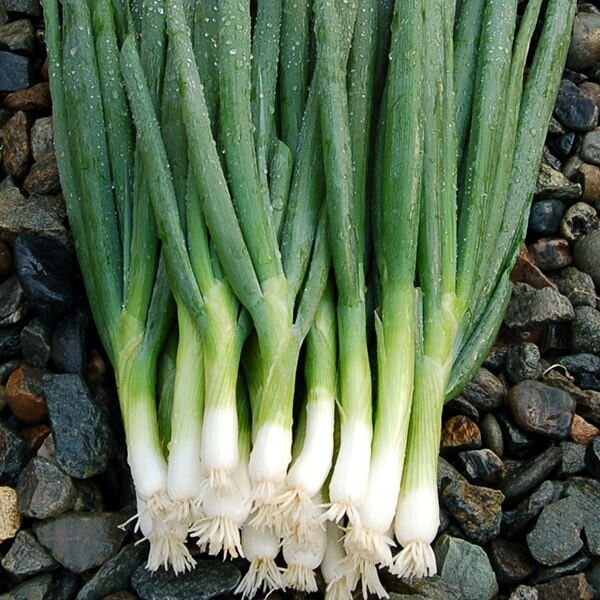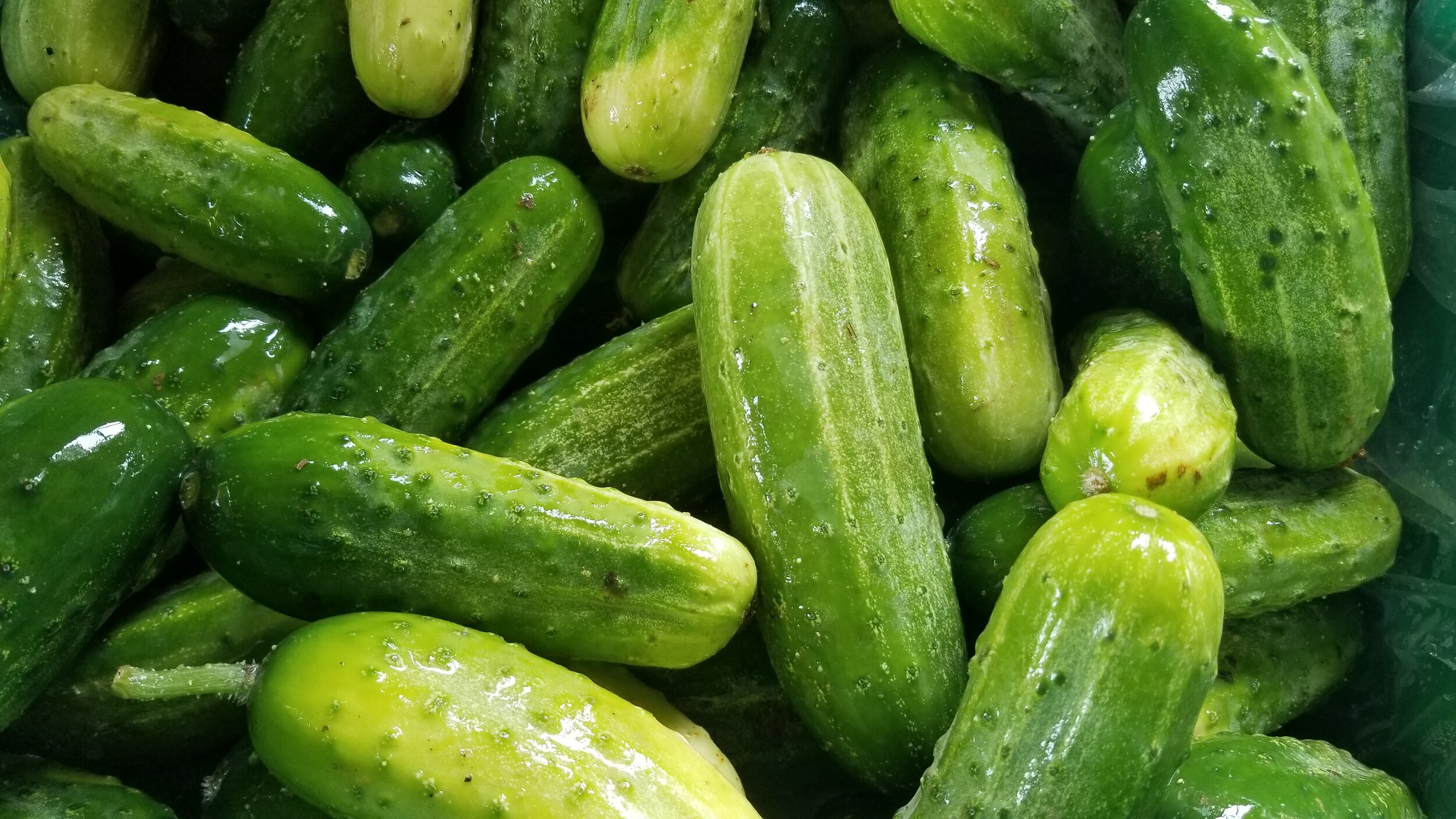Scallions AKA green onions are members of the allium family, which makes them related to onions, garlic, shallots, leeks and chives.
Green onions have a fresh, oniony flavor that is sweeter and more mellow than raw onions, but slightly spicier than chives.
The whole plant can be used for stir-frying, sautéing, roasting, and grilling, or as a garnish raw.
Scallions are a main staple in Mexican, Chinese, and Japanese cuisine. In Mexican cuisine they bring fresh flavor to rice, beans, fish, and cheese and in Japanese and Chinese cuisine they are added to noodle and tofu dishes, hot pots, and stir-fries.
Best stored in a container or bag in the refrigerator.
RECIPES
15 Minute Miso Soup with Greens and Tofu
4 cups vegetable broth
1 sheet nori (dried seaweed // optional // cut into large rectangles // 1 sheet yields 1/4 cup)
3-4 Tbsp white miso paste (fermented soy bean paste) with or without bonito (fish flavor, though bonito makes it non vegan-vegetarian-friendly)
1/2 cup chopped green chard or other sturdy green
1/2 cup chopped green onion
1/4 cup firm tofu (cubed)
Place vegetable broth in a medium saucepan and bring to a low simmer. Add nori and simmer for 5-7 minutes. In the meantime, place miso (starting with lesser end of range) into a small bowl, add a little hot water and whisk until smooth. This will ensure it doesn’t clump. Set aside. Add green chard, green onion, and tofu to the pot and cook for 5 minutes. Then remove from heat, add miso mixture, and stir to combine. Taste and add more miso or a pinch of sea salt if desired. Serve warm. Best when fresh. https://minimalistbaker.com/15-minute-miso-soup-with-greens-and-tofu/
Summer Squash Slaw with Toasted Almonds and Feta
(can be made vegetarian, swipe out pork for tofu or add another vegetable like a red pepper)

































